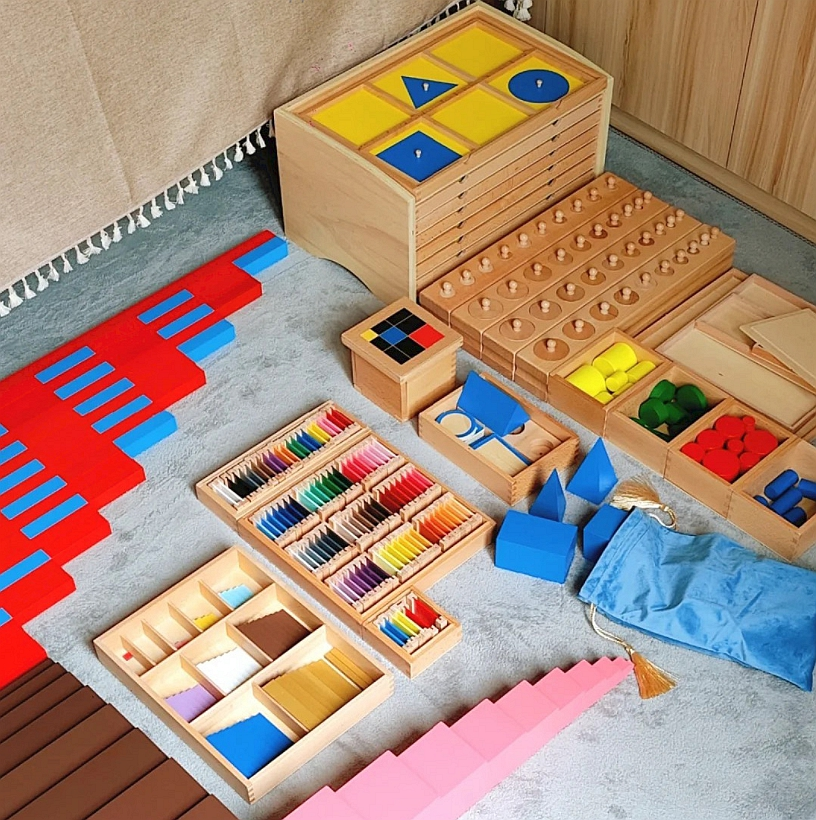
How to Communicate with Teachers About Your Child’s Growth: Montessori Wisdom for Back-to-School Season
How to Communicate with Teachers About Your Child’s Growth: Montessori Wisdom for Back-to-School Season
August and September mark the start of a new school year across Europe and North America. As children step into classrooms with excitement (and sometimes nervousness), parents often wonder: How can I communicate effectively with teachers about my child’s growth?
For families embracing the Montessori philosophy, this question feels even more important. Montessori education emphasizes independence, respect, and child-led learning. When parents and teachers work together as partners, they create a consistent environment where children thrive both at school and at home.
Here are some practical strategies—grounded in Montessori principles—that can help parents build strong, meaningful communication with teachers throughout the school year.
1. Understand Your Child’s “Sensitive Periods”
One of the most important ideas in Montessori education is that children go through sensitive periods—unique windows of opportunity when they are naturally drawn to learn certain skills.
For example, children aged 2–4 often experience a language-sensitive period and are eager to absorb vocabulary and sounds.
Between ages 3–6, many enter an order-sensitive period, seeking routine, structure, and consistency.
When speaking with teachers, share your home observations. Perhaps your child loves counting stairs or spends long periods engaged with sensorial materials like color tablets. This helps teachers adjust the classroom environment to better support your child’s development.
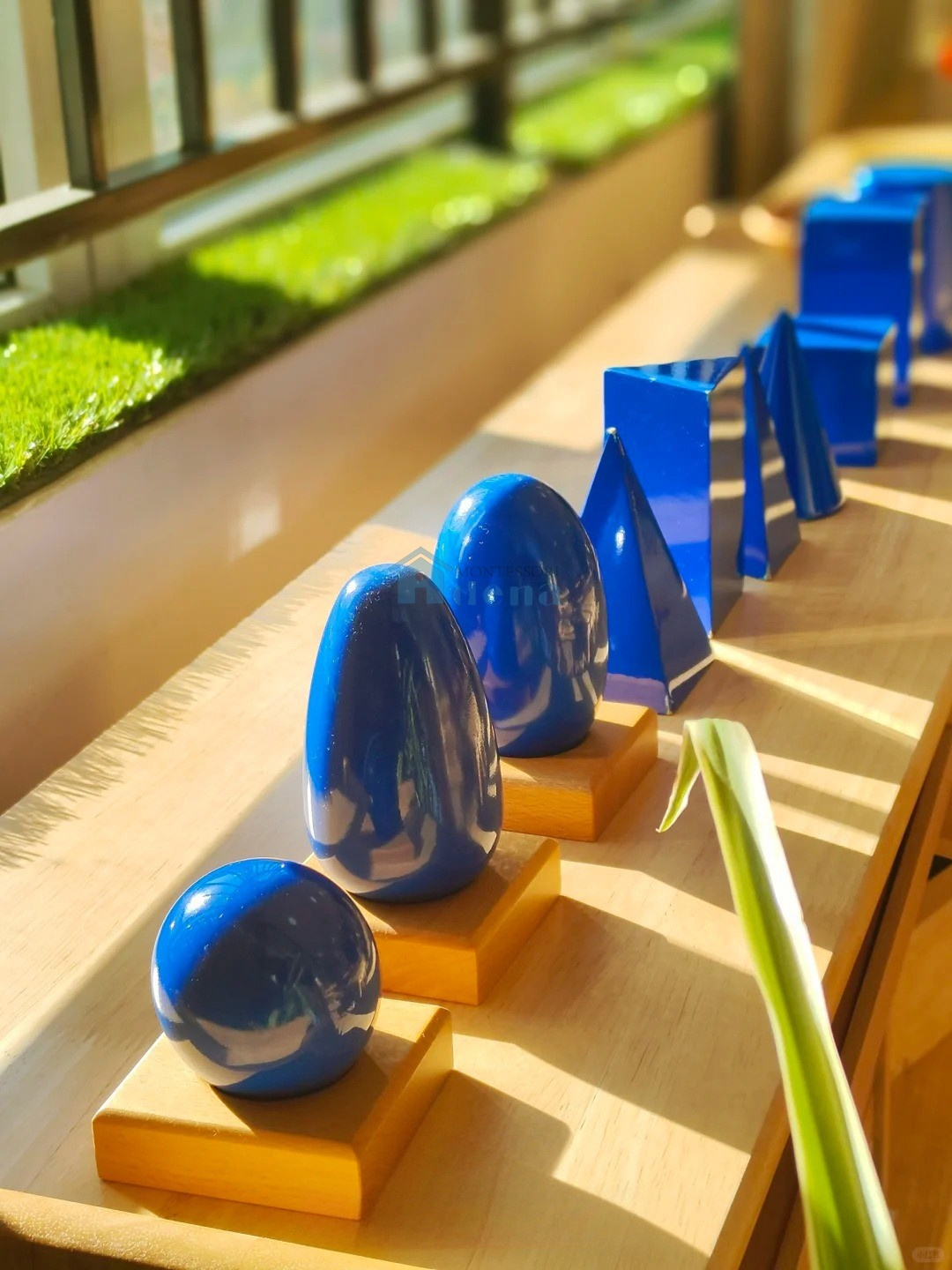
2. Focus on the Process, Not Just Results
In traditional education, parents often look at grades or finished worksheets. Montessori, however, emphasizes the learning process. Children learn through exploration, hands-on work, and self-directed activity.
Instead of asking, “Can my child write yet?” or “How far have they gone in math?”, try questions like:
“Which activities hold my child’s attention the longest?”
“How does my child collaborate with peers?”
This approach encourages teachers to share deeper insights that reflect Montessori’s emphasis on growth, concentration, and independence.
3.Create Consistency Between Home and School
The prepared environment is central to Montessori learning. Classrooms are carefully designed spaces where children practice independence and self-discipline. Parents can mirror this at home by offering opportunities for real-life learning.
If your child practices Practical Life materials at school (like pouring water or sorting objects), allow them to help prepare meals or organize toys at home. This consistency reinforces learning and makes education feel seamless.
Many families choose Montessori materials designed for home use. Trusted brands such as Adena Montessori offer high-quality materials that follow the exact proportions and philosophy found in classrooms, ensuring children can continue their exploration beyond school hours.
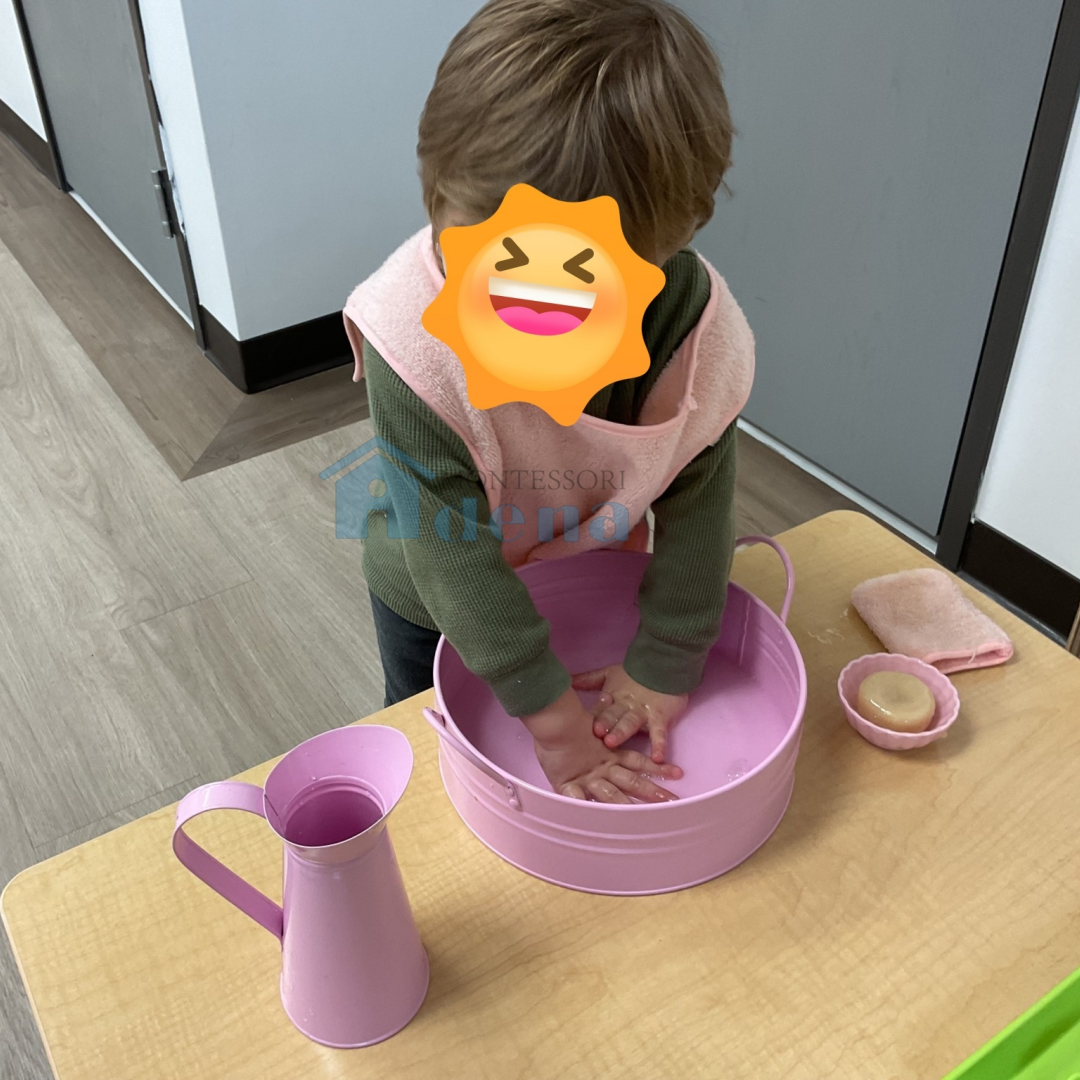
4. Keep “Independence” at the Heart of Communication
Maria Montessori believed that every form of education should lead toward independence.
When talking with teachers, frame your questions around independence:
“Can my child manage tasks like dressing or tidying up on their own?”
“Do they follow the sequence of activities when using Montessori materials?”
“How do they show responsibility in group settings?”
This helps both parents and teachers focus not only on academics but also on life skills and personal growth.
5. Value Teachers’ Observations and Records
Montessori teachers spend much of their time observing children. They track not just what a child has learned but how they learn—attention span, problem-solving strategies, social interactions, and persistence.
Ask teachers to share real examples:
“Last week, your child worked with the Cylinder Blocks and carefully distinguished the subtle differences in size. They stayed focused until the activity was completed.”
These insights reveal more about a child’s growth than test scores alone and guide parents in reinforcing learning at home.
6. Set Shared Goals with an Open Mind
Every child develops at their own pace. The purpose of communication is not to rush the process but to align expectations. Parents and teachers can co-create realistic, flexible goals such as:
Within three months, the child confidently uses the Movable Alphabet to express new words.
Over the next six months, the child takes more initiative in household responsibilities, such as setting the table.
These goals act as milestones rather than rigid checklists, helping both sides adjust support as the child grows.
7. Involve the Child in the Conversation
In Montessori, children are active participants in their own learning. Parents should consider asking their children:
“What’s your favorite activity in the classroom?”
“Is there anything you find especially hard?”
By listening to their voice, parents not only gain valuable insights but also empower children to take ownership of their development.
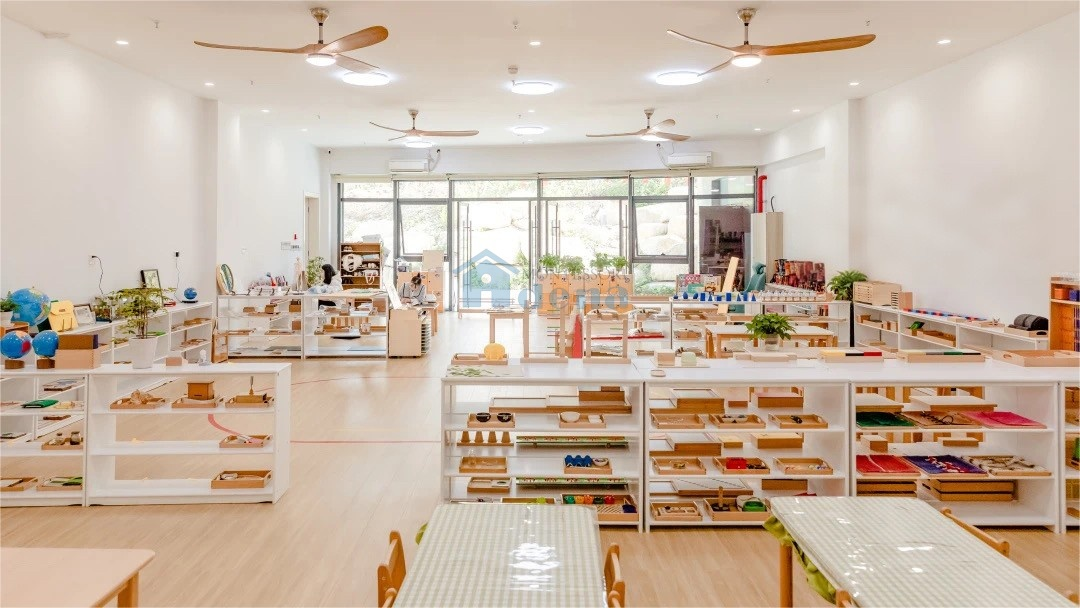
Conclusion: A Partnership for Growth
Back-to-school season is not just about new schedules and fresh supplies. It’s a time to strengthen the partnership between home and school.
Montessori philosophy reminds us that growth comes from respect, observation, and trust. When parents maintain open communication with teachers, provide a supportive environment at home, and choose authentic Montessori materials (such as those offered by Adena Montessori), they create a foundation for true, holistic growth.
Ultimately, the child’s journey belongs to them. Parents and teachers walk alongside, guiding and supporting, while the child leads with curiosity, independence, and joy.
Tip: All photos here are shared by Adena Montessori clients, and the products featured are from Adena Montessori too.
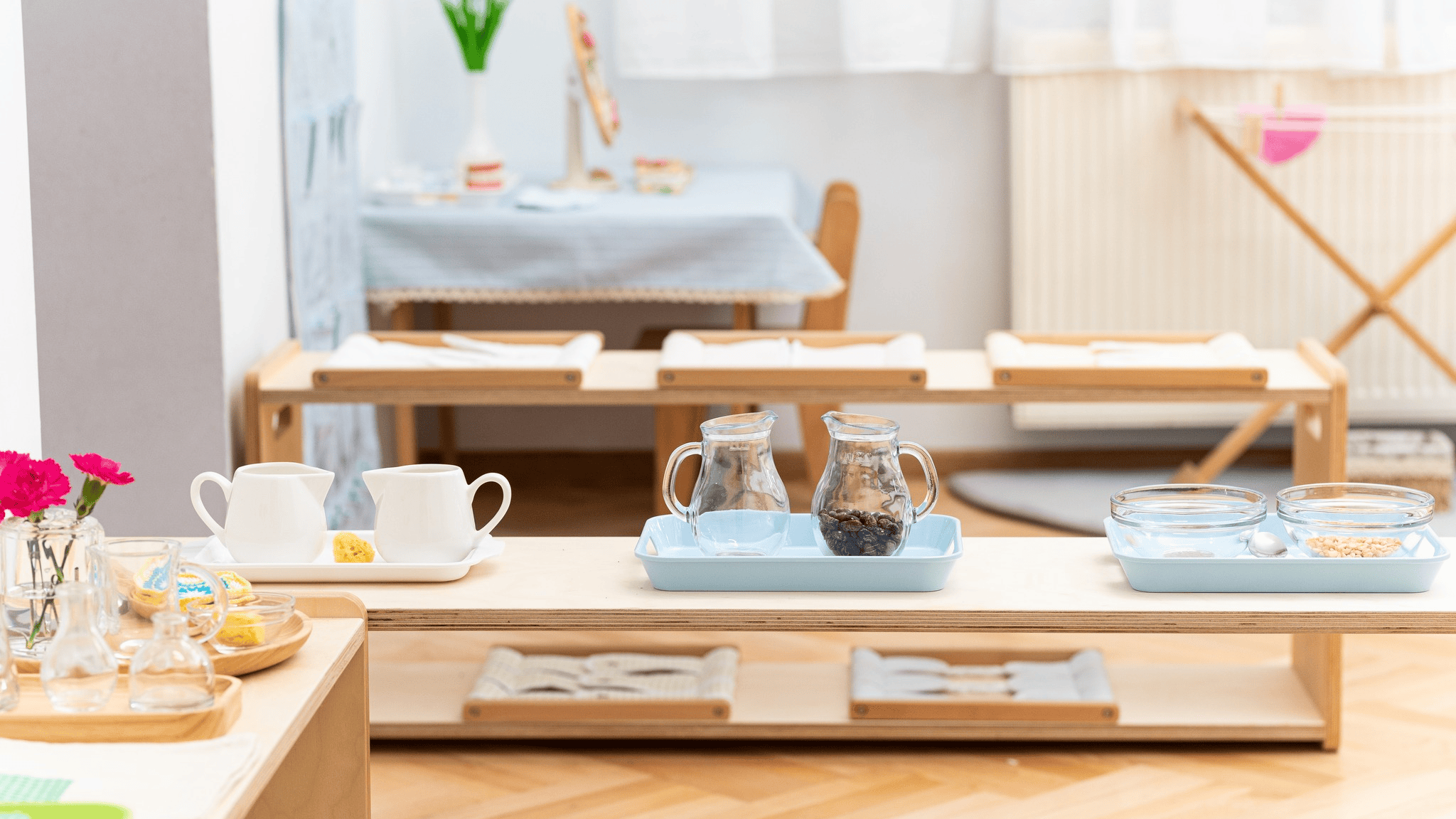 Back-to-School Anxiety: Montessori Tips for a Smooth Transition
Back-to-School Anxiety: Montessori Tips for a Smooth Transition
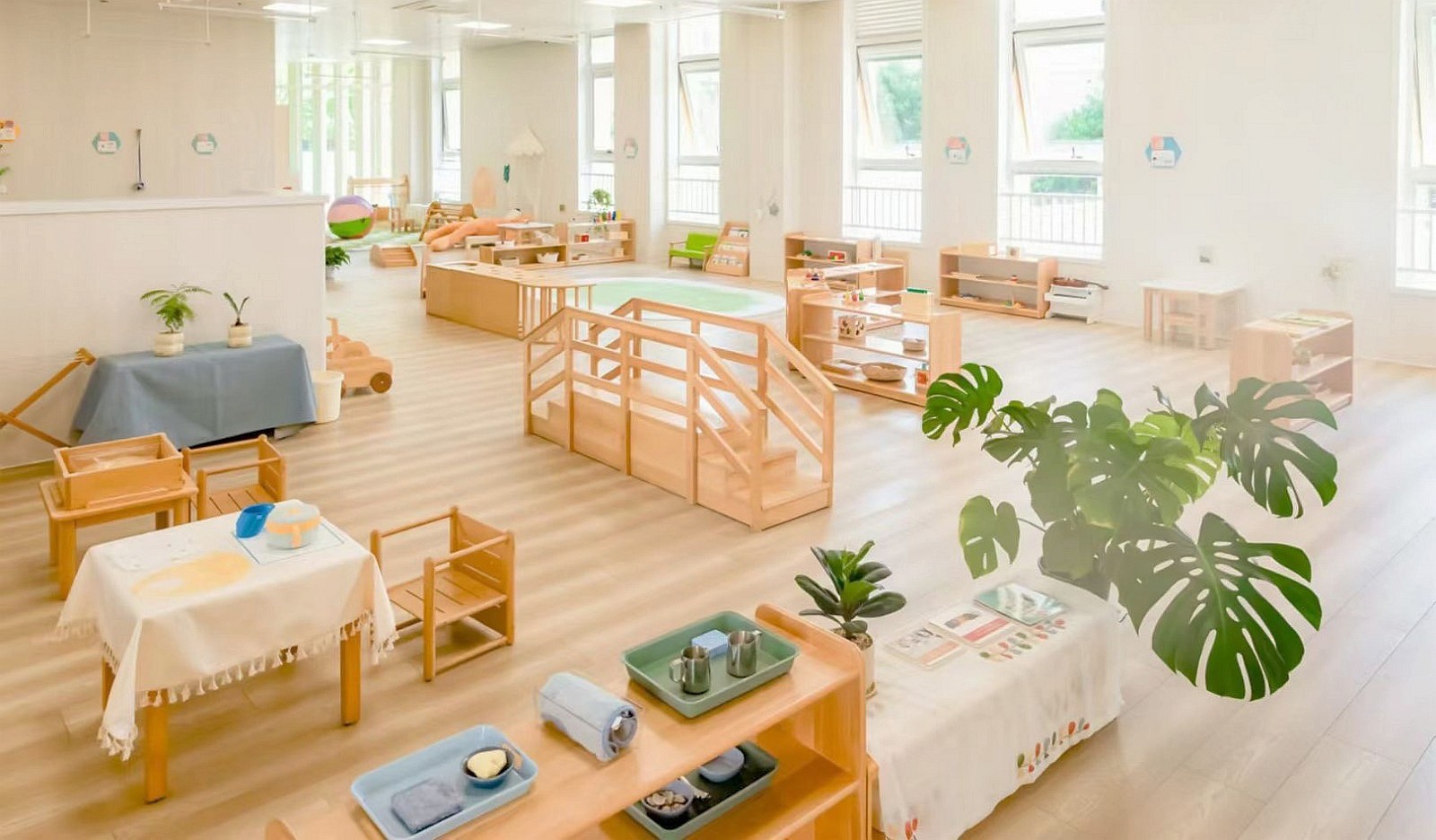 Back-to-School Checklist: Montessori Study Corner Setup | Adena Montessori
Back-to-School Checklist: Montessori Study Corner Setup | Adena Montessori
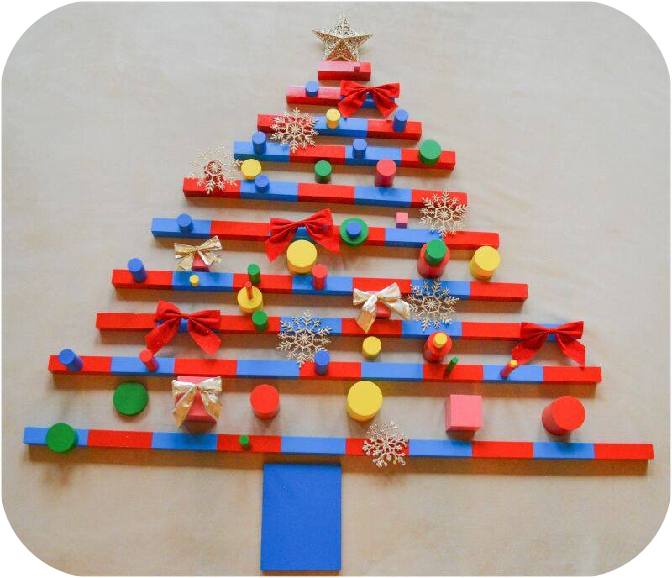 Christmas Montessori Gift Guide Sensorial Materials for Warm Parent–Child Interaction
Christmas Montessori Gift Guide Sensorial Materials for Warm Parent–Child Interaction
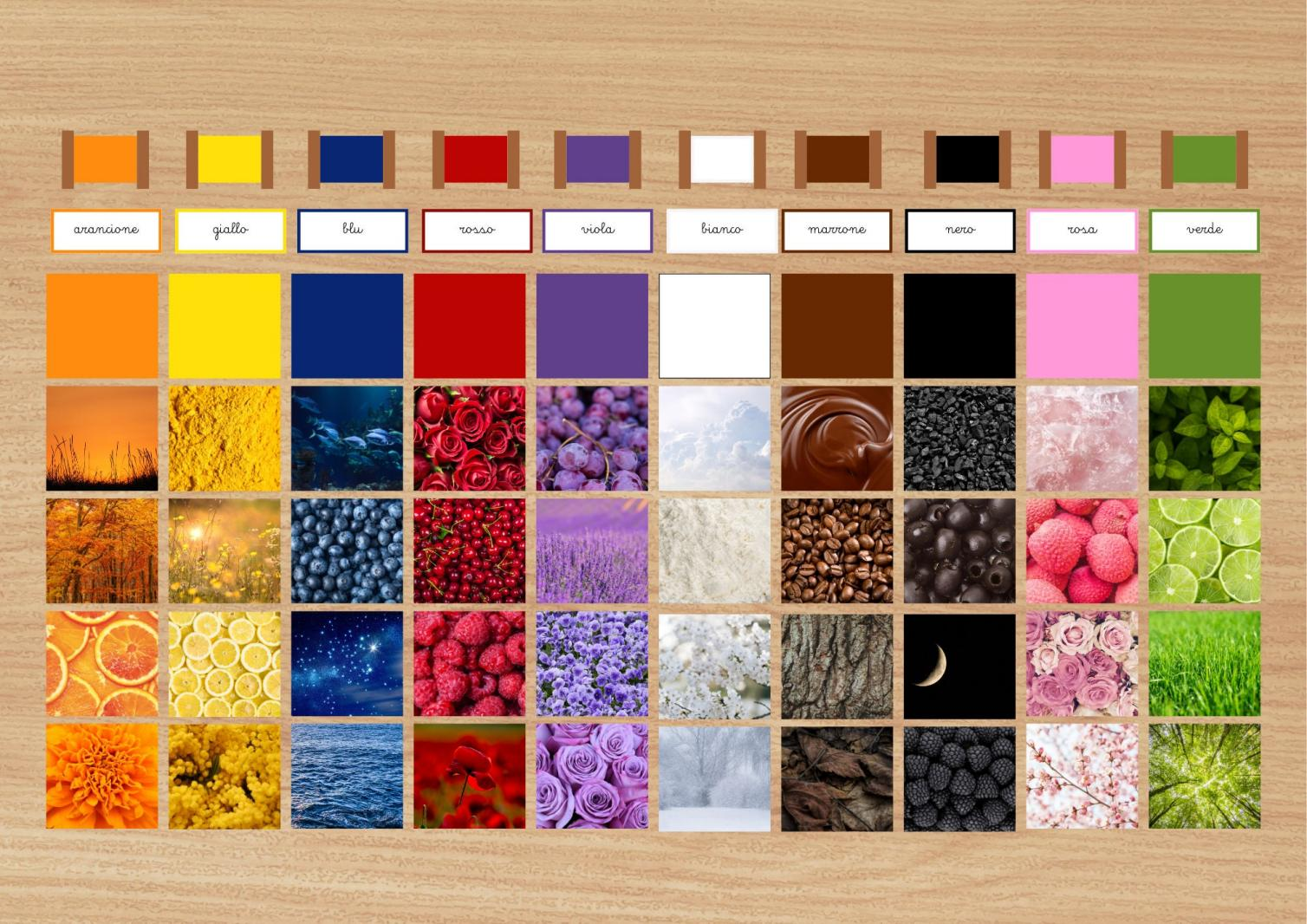 How to Use Montessori Color Tablets for Autumn Shades Matchi?
How to Use Montessori Color Tablets for Autumn Shades Matchi?

